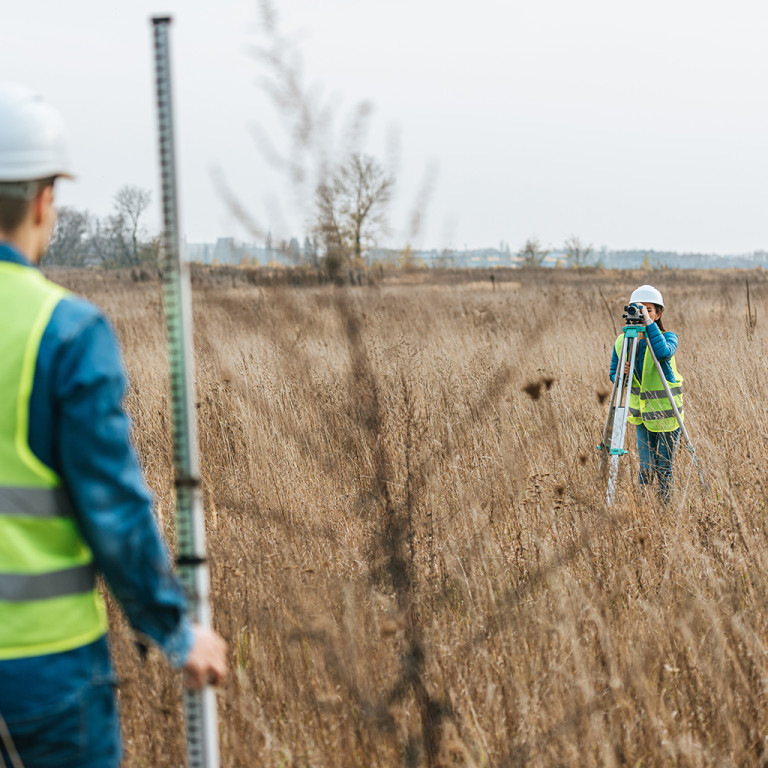What is a Section 106 agreement?
A Section 106 Agreement is an agreement used to secure planning obligations in connection with planning permission.
It will usually bind the whole of the application site and is entered into between the Local Planning Authority and any person with an interest in the application site such as its owner or a mortgage lender.
Once completed, the Section 106 agreement will be binding on both the original parties to the agreement as well as their successors in title such as any future owners of the land.
You need to vary a Section 106 Agreement, but what is the process?
The exact process depends on whether the Section 106 Agreement was completed less or more than 5 years ago.
My Section 106 agreement was completed less than 5 years ago. What is the process for varying it?
If your Section 106 agreement was completed within the last 5 years, then there will only be one method of varying your Section 106 agreement and that is by agreement between the Local Planning Authority and the person, or persons, against whom the obligations you are seeking to vary are enforceable.
There is no right of appeal against the Local Planning Authority’s decision to refuse any variations to the Section 106 agreement you propose other than by way of Judicial Review.
If the Local Planning Authority agrees to your proposed variations, then a Deed of Variation will need to be entered into between the Local Planning Authority and the person or persons against whom the obligations being amended are enforceable.
My Section 106 agreement was completed 5 or more years ago. What is the process for varying it?
If your Section 106 agreement was completed 5 or more years ago, then there are two methods available for varying it.
The first is by agreeing on the variations with the Local Planning Authority, as discussed above.
The second is by applying to the Local Planning Authority to vary the Section 106 agreement. Your Local Planning Authority will usually have a standard application form that you must complete and submit together with the relevant application fee.
If the Local Planning Authority approves your application, then it will issue a decision notice setting out the variations that have been approved. From the date of that decision notice the Section 106 agreement will be treated as having been amended as approved. Therefore, you may not always be required to enter a Deed of Variation to give effect to the amendments. It will depend on what your Local Planning Authority’s requirements are.
If the Local Planning Authority refuses your application, then you will have a right of appeal to the Planning Inspectorate in England or the Planning and Environment Decisions Wales in Wales.
How Can We Help?
Our experienced team of planning lawyers are on hand to advise or assist with the variation of Section 106 Agreements and can be contacted by telephone on 01392 207020 or email at enquiries@tozers.co.uk






